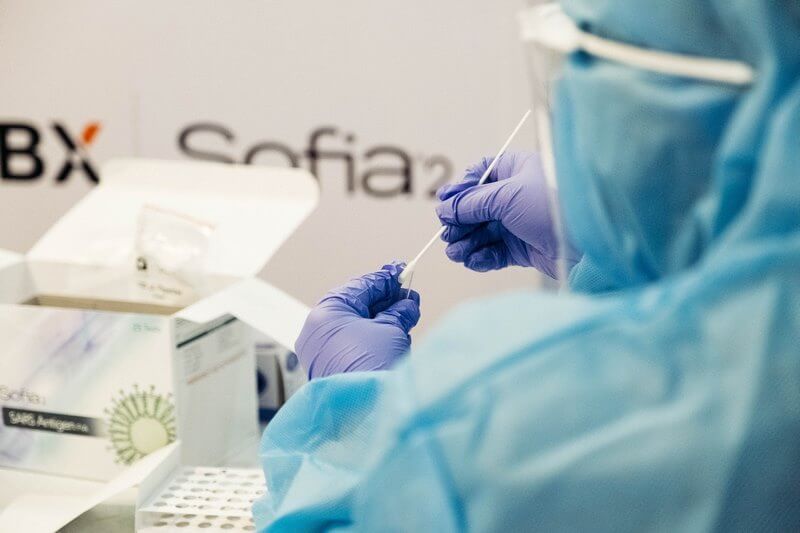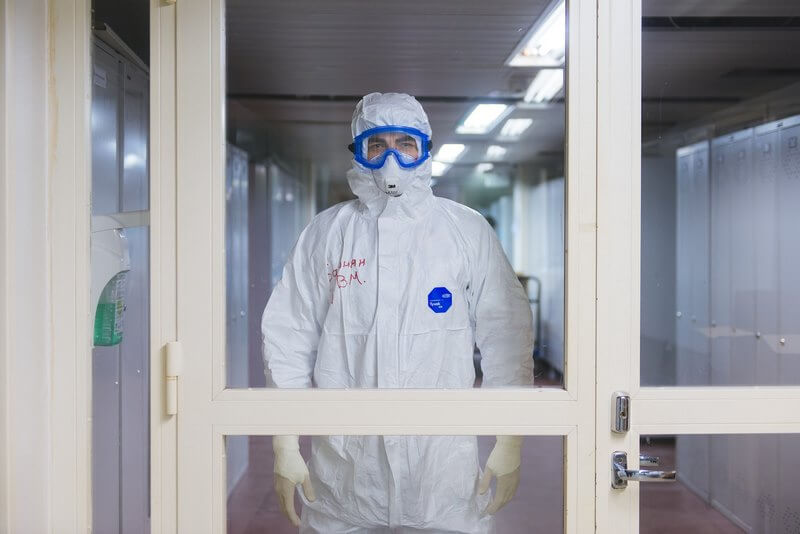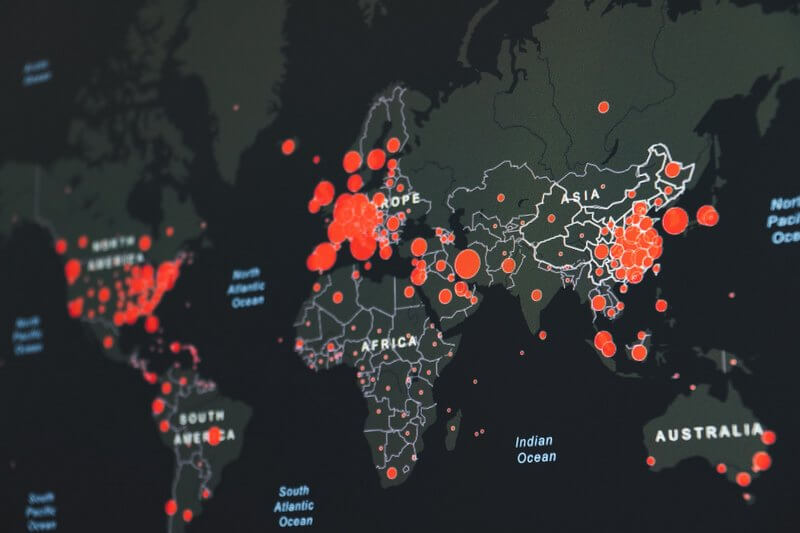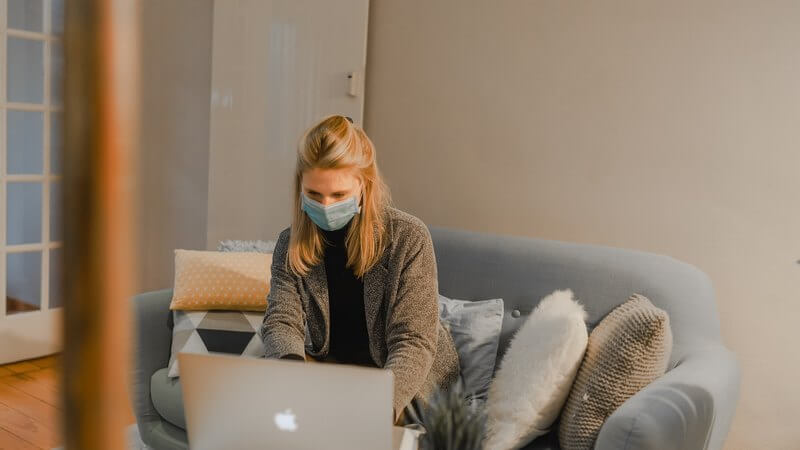
Are we really prepared for another pandemic?
Is your company ready for the next pandemic? COVID appears to be winding down into an endemic stage, and most businesses are relaxing their safety protocols. I discussed this in my What To Expect Next Year In 2022 blog. Yet, watchful public health and continuity teams continue to monitor Fall coronavirus cases, which appear to be peaking at lower levels. The UK and other countries in the Northern Hemisphere are cautiously waiting to see if the other shoe will drop, either from a surge of cases, a new variant, or an increase of aligned cold and instances of flu this Winter. It seems, at least for the time being, that the threat of infectious disease is still with us.
In North America, this comes after two of the costliest hurricane events ever recorded. Hurricane Ian for the Southern Atlantic Coast and post-tropical storm Fiona was the most expensive weather event ever to hit Atlantic Canada. Along with rising concerns of geopolitical instability, an economic downturn, and climate change impacts, it seems like there will be no end to the work of resilience professionals. Now, a new item is coming to light that ring the alarm bells for me regarding risk. It’s found in an academic paper outlining a genetically engineered COVID virus out of Boston.

Not alarmist, realistic.
People who know me say I am one of the most rational people they’ve encountered. Naturally, I have my moments. So, I was dismayed when I learned of Boston University’s National Emerging Infectious Diseases Laboratory research. The lab was polarizing from its inception and only received authorization to study the most deadly viruses in the world in 2018. Over the weekend, I became aware of a paper entitled, Role of spike in the pathogenic and antigenic behavior of SARS-CoV-2 BA.1 Omicron (posted on BioRxiv).
The authors’ abstract says, “We generated chimeric recombinant SARS-CoV-2 encoding the S gene of Omicron in the backbone of an ancestral SARS-CoV-2 isolate and compared this virus with the naturally circulating Omicron variant.” It indicates that the mortality rate of the genetically altered mice in the study exhibited an 80% mortality rate. The findings are disturbing to me on multiple levels. Not only for the existential threat it poses if a lab breach occurs but also because it exhibits Gain of Function (GOF) research in the United States. It has sparked a National Institutes for Health (NIH) probe but reinforces the need for preparedness for all event types.

Dust off or update your pandemic plan
COVID fatigue is evident as people are jumping headlong back into societal norms. Everyone wants things to move forward, even as climate change, severe storms, power outages, and snow leopard events test business resilience. The study at Boston’s Bio Safety Level 4 lab may not represent a clear and present danger, but if a breach happens, it has the potential to threaten human life as we know it. It’s not an unrealistic fear as, over the past 5 decades, there have been thousands of accidental infections of staff in microbiology laboratories around the world (CDC/NIH (1999) Biosafety in Microbiological and Biomedical Laboratories,(4th ed). US Department of Health and Human Services, Washington, DC).
Additionally, the Wuhan virus lab leak theory continues to circulate. Beyond the obvious ethical and moral issues with the lab’s research, it is astounding that it is allowed on US soil. Take a look at the NIH’s Gain-of-Function Research: Ethical Analysis. I assume this research happened to understand better how to protect the public from more virulent forms of coronavirus. However, I cannot personally condone this research and am not alone. Professor Shmuel Shapira, lead scientist in the Israeli government, and Dr. Richard Ebright of Rutgers University also question its efficacy. What this means to me is that it is sensible for resilience professionals to take the lead in updating or dusting off our pandemic plans.

Tomorrow might be here today.
It’s not just that Boston is my backyard. That does not matter when you consider a breach could circle the world in weeks. Or that this virus has a documented 80% kill rate. In addition, doctors do not expect coronavirus-vaccinated people who have any immunity from this virus. Although they believe it is likely that natural immunity may afford some protections, it is not something experts want to test. This event points out that threats can come from anywhere in our current environment. With a world recovering from a global pandemic, the last thing anyone wants to think about is another.
No one can fully prepare for war, economic recession, severe weather, regional risks or predict business outcomes. People have COVID fatigue, and many are already suffering from the impact of inflationary forces, which has a cascade effect worldwide. So I hate to pile on with potentially bad news. But, like me, you are used to being the messenger of doom and gloom. Often, resilience professionals are on the front lines of communicating adverse events. Sadly, it comes with our job descriptions. And, like the author of the recent Forbes article, I’m not sure who thought creating a deadlier version of a COVID-19 virus was a good idea. It gives me pause, even knowing it’s within the confines of a lab. Because, as we know too well, accidents have unintended consequences.

My top five pandemic preparedness tips
But for you and I, planning for and responding to adverse events is our role. So, here are my suggestions on how to prepare your company for a future pandemic. A worst-case scenario event in this instance will realistically strain response and recovery resources to the limits. As I described, an event like an escaped Franken virus from a level 4 lab would be unlike anything we have yet encountered. However, as practitioners, we must do our best to minimize what damage we can.
My top five next-normal pandemic plan considerations:
- First, accepting significant losses from a worst-case scenario is planning must. No plan can protect the public from an egregious event, as evidenced by Gain-of-Function experiments and research. As bad as COVID was, it could have caused more significant staffing impacts. Some business partners may have a false sense of security, don’t enable that.
- Next, don’t plan against the last event. Planning for the most recent crisis is our great weakness and threat to business resilience. We need to have the foresight to Unlearn Lumière’s Law.
- Do review your current pandemic and infectious disease planning. Objectively document what worked and existing gaps. Then, stress test workarounds, exercise multiple scenarios, and consider snow leopard events. I’d say that after the last few years, we can do better than consider a Black Swan crisis. We’ve seen enough of those recently, don’t you agree? Challenge your team to think beyond the known and consider new possibilities after completing your initial analysis. Push yourself to consider unlikely consequences.
- Learn from others and invite business partners to provide their input. We know that planning and response are not effective in a vacuum. Getting 360 views of others’ concerns is invaluable. You might not consider the war for talent a crisis, but it can impact BAU and business outcomes. Consider adding scenarios that drive business considerations to a crisis level. Doing this and learning what keeps your stakeholders up at night can lead to invaluable shared learnings and foster increased resilience in ways practitioners cannot achieve alone.
- Keep horizon scanning and risk forecasting.

Planning for the unexpected and unknowable
What we are asked to do regularly appears to be more complex than several years ago. Trends indicate that severe weather and other risks are on the rise. The scale and velocity of crisis events require continuous vigilance. Are there other tips you would recommend? Let me know your thoughts on the list in the section above.
A doctor, reflecting on the virus research, invoked a line from a book that sums up the wondering at the controversial study conducted in Boston. For this blog, I will leave you with a quote from Mary Shelley’s Frankenstein. It seems timely, with Halloween right around the corner. “Frightful must it be; for supremely frightful would be the effect of any human endeavor to mock the stupendous mechanism of the Creator of the world (1831 edition).” Whether you have religious leanings or not, it seems timely to consider what some are willing to enable because you and I can imagine the havoc such an outbreak could cause. It’s an event I know we have to plan for, but I don’t want ever to see it.
Did you know?
If you weren’t aware, my blogs contain embedded links to source materials, articles of interest, videos, books, and training I recommend you check out to expand your knowledge base.
